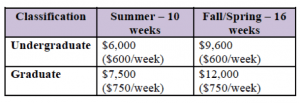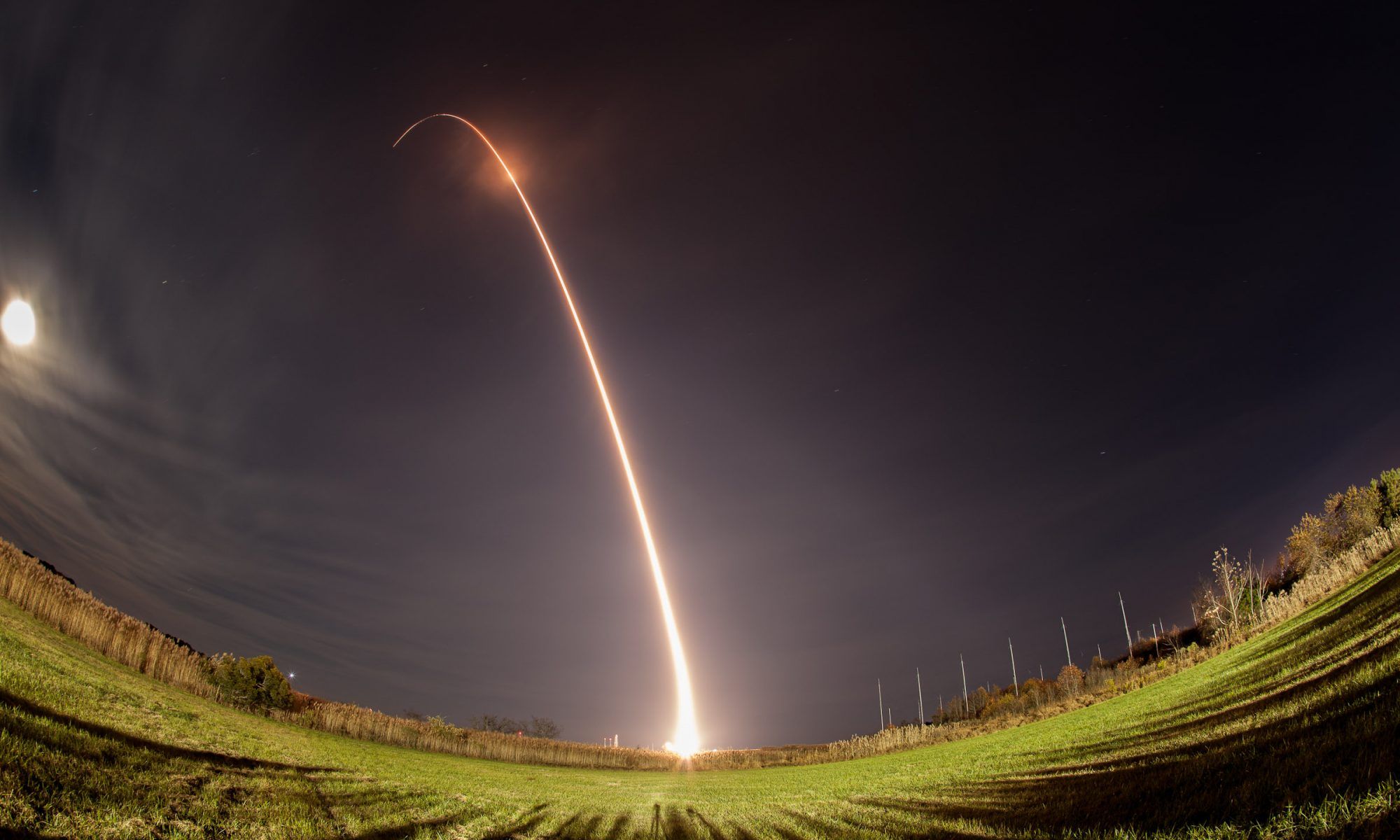Introductory Note
Starting in 2017, each fall MDSGC has announced a special call for proposals to support interns during the following summer. A version of the announcement is preserved here to give guidance to prospective proposers about MDSGC’s desired proposal characteristics. Support for interns is an area of emphasis for MDSGC; prospective mentors with appropriate projects are encouraged to submit a proposal along the lines described below at any time.
Summer Internship Proposals
MDSGC invites proposals to support summer internships and student research projects at Maryland institutions. Prospective mentors (typically, faculty at educational institutions) who have not previously applied for MDSGC funds are especially encouraged to apply.
Projects may be in any STEM area with relevance to NASA’s missions or future workforce needs. Preference will be given to proposals with strong NASA connections, including collaboration with NASA scientists or engineers, research associated with past, present or future NASA missions, and general aerospace or space science relevance. A typical proposal will request support for 1-2 students. This opportunity is primarily intended for undergraduate level students, but applications to support high-school or graduate interns can be considered on a case-by-case basis.
Proposals should be submitted to mdsgc@jhu.edu no later than December 31 so that decisions can be announced in late January or early February.
Rules and restrictions:
- Students receiving direct funding through this program must be U.S. citizens.
- Students supported through this program will be required to:
- Present their work at MDSGC symposium in late July/early August
- Complete an exit survey at the end of the project
- Agree to participate in MDSGC longitudinal tracking
- If the program is substantially oversubscribed, MDSGC may limit awards to no more than 2 students per institution.
Required proposal elements:
- Mentor qualifications — Brief description of professional qualifications and past mentorship experience.
- Project description — No more than one page about each project and its relevance to NASA.
- Student recruitment plan — If specific students have already been identified, briefly describe how they were recruited and their qualifications. We especially encourage proposals with recruitment targeted at women and members of underrepresented minorities.
- Student learning goals and timeline — Examples: programming languages, analysis techniques, specialized topical knowledge, intermediate milestones in project completion.
- Mentoring plan/evaluation — How often student and primary mentor will meet; peer mentoring/group participation; what feedback will be provided to the student. Criteria for overall project and student success.
- Deliverables/expected results — Include plan for presenting results and/or incorporating into publications.
- Budget — Preference will be given to proposals that incorporate significant non-federal match (e.g., university, state, corporate, or private funds), including in-kind contributions (e.g., mentor’s contributed time), and for which MDSGC funds are used primarily to support student stipends. Up to $500 may be budgeted, per intern, for materials (if needed; please describe). Please see NASA internship stipend guidelines below. Students supported through this program will also be eligible to apply to MDSGC for travel support to present their work at a meeting within the following calendar year. Funds for such travel may but need not be built into the proposal budget.
NASA Internship Stipend Levels Through Summer 2018

NASA Internship Stipend Levels Effective Fall 2018
Fall and Spring (16 weeks)
Full-time graduate: $14,400
Full-time undergrad: $11,680
Summer (10 weeks)
Full-time graduate: $9,000
Full-time undergrad: $7,300
For any questions, please contact MDSGC Deputy Director Matt Collinge.
